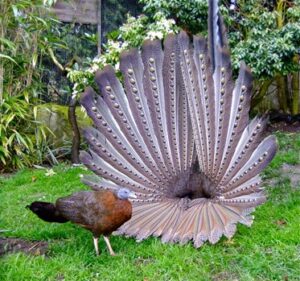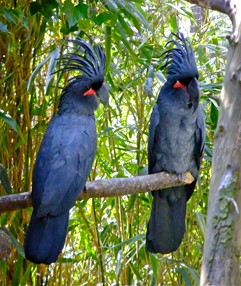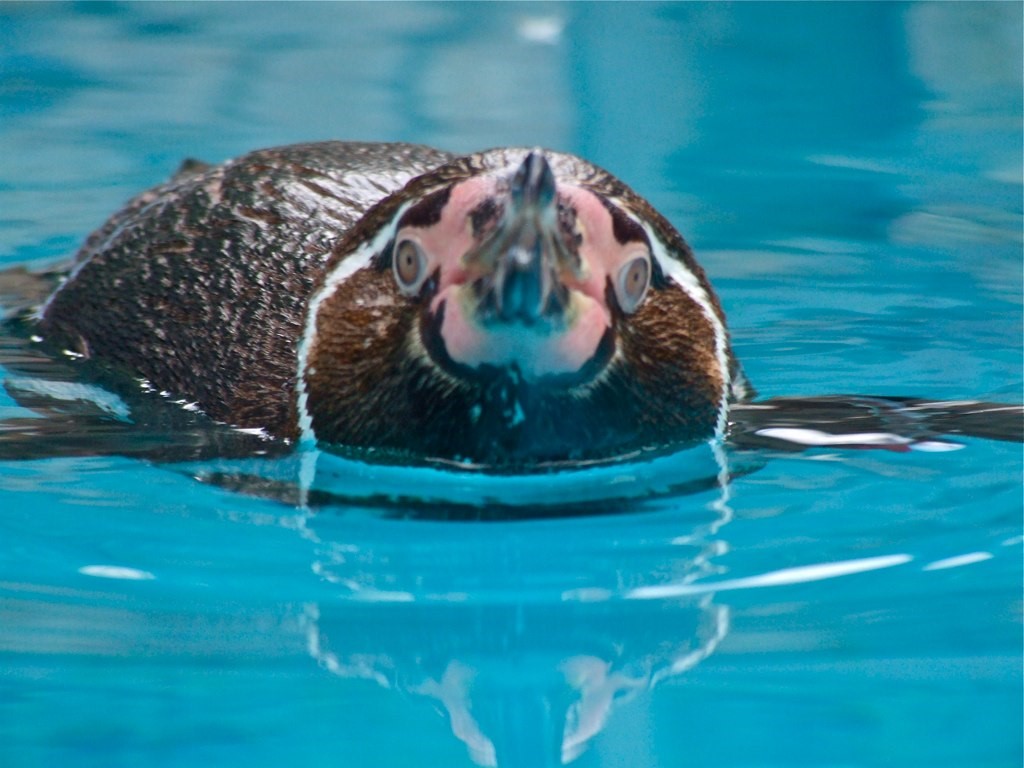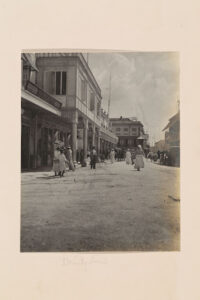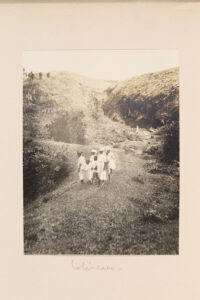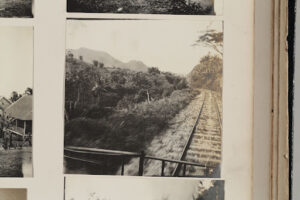
Bali Starlings
When preparing an aviary for a bird species its as simple as putting down some wood chip and a couple of plants to make it look nice, right?
Well actually we put a little more thought into it than that and try to replicate the natural ecosystems of the bird as closely as we can. Aviary designs in zoological collections are always a balancing act between providing enough cover for the birds and making it possible for visitors and keepers to be able to see the birds.
Other factors which effect what we can plant are of course the Yorkshire climate, which means we must substitute tropical plants for cold hardy plants, and toxicity. Some plants can be poisonous, especially to parrot species who like to chew everything they can get their beak on.
Mimicking a bird’s natural ecosystem is particularly important when it comes to species with an active conservation programme, such as the Vietnam pheasant (Lophura edwardsi). This will see parent reared pheasants from zoological and private collections returned to Vietnam to form a release programme. It is therefore important that the environment that the pheasants are reared in is as close as possible to that which they will encounter in their new home and will help them to adapt more easily.
There is very little known about the habits of the pheasant in the wild, which has not been seen since 2011, and the study of their behaviour within zoological collections can help the conservation programme to ensure that they are releasing birds into areas with the habitat they prefer.
However, in the case of the Vietnam pheasant their behaviour within zoological collections can help to show conservation programmes how the birds interact with their habitat. There is very little known about the habits of the pheasant in the wild, which has not been seen since 2011, and the study of their behaviour within zoological collections can help the conservation programme to ensure that they are releasing birds into areas with the habitat they prefer. At Harewood we have kept and bred the Vietnam pheasant for many years and are currently assisting the release programme in association with the WPA (World Pheasant Association) by providing information on the birds roosting and perching habits. Information about which perch size and location are preferred by the pheasant will help to furnish release pens and provide knowledge of the bird’s behaviour seldom seen in the wild.

Vietnamese pheasant
It’s not just perching and vegetation which can be helpful to conservation programmes. Several conservation projects use artificial nest boxes, tried and tested in a captive environment, to help provide breeding opportunities for species which have had lost nesting sites due to habitat destruction.
Although the main threat to the Bali myna comes from poaching, they also suffer from a lack of nesting hollows due to deforestation.
Artificial nest boxes have been used in the reintroduction of the Bali myna (Leucopsar rothschildi) to help provide them with nesting opportunities. Although the main threat to the Bali myna comes from poaching, they also suffer from a lack of nesting hollows due to deforestation. The provision of nest boxes has helped to stabilise released populations and allow birds to breed in their natural habitat giving the population the bests chance to thrive. Wild populations of the Bali myna are estimated to be between 50-80 birds. They are under constant persecution from poaching for use in songbird competitions and the pet trade. Nest box design and popularity are first tested in zoological and private collections to find the most suitable designs. At Harewood we have been keeping and breeding Bali Mynas for at least 30 years, which have been sent to collections across Europe.
Another project benefitting from artificial nest boxes is The World Parrot Trust lovebird project, which helps several lovebird species in Africa. The project is investigating the use of nest boxes to replace natural nesting areas destroyed by habitat loss due to agriculture. At present this project is focussing on Lillian’s lovebird (Agapornis lilianae) but will expand to feature the Black-cheeked lovebird (Agapornis nigrigenis) which we keep and breed here in the bird garden. At present we are contributing through donations and are hoping to start a project assessing the preference of different box designs and nesting materials, the results of which will be reported to the project to assist their work. We will also be assisting the project by providing genetic samples to compare wild and captive populations and assess species hybridisation.

A Lillian’s Lovebird in a nest box
The biggest factor affecting the progress of the conservation programmes we support is the destruction of their ecosystem and to give these projects the best chance of success, we hope that COP26 will provide protection for these ecosystems and the species within them.
Find out more about the birds mentioned in the blog below …
Bali Myna
Bali Myna – Asian Species Action Partnership (speciesonthebrink.org)
Lovebird project
Parrot Encyclopedia | Lilian’s Lovebird | World Parrot Trust (parrots.org)

